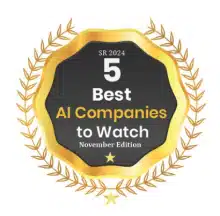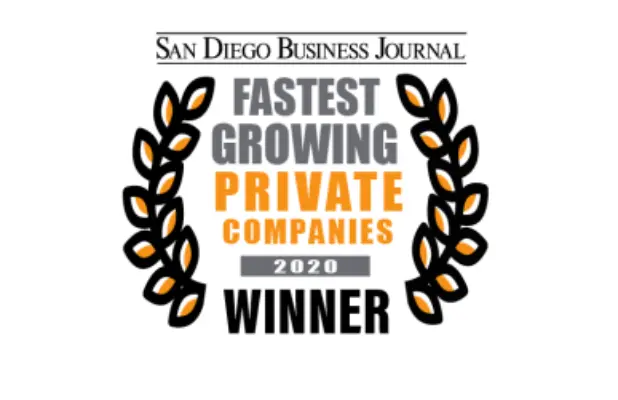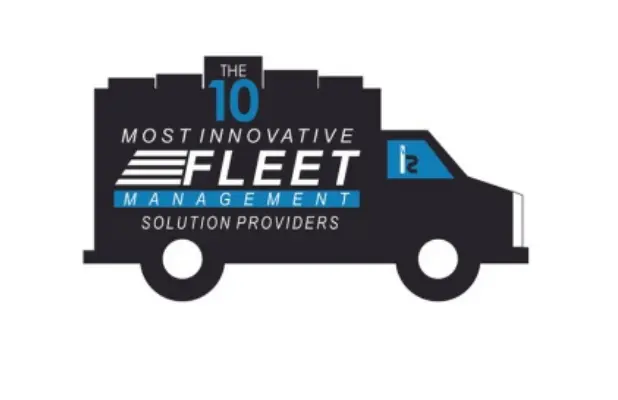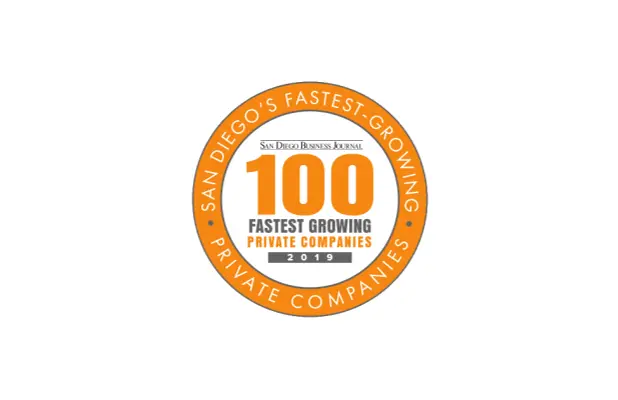Categories
Many fleet operators spend their day scrambling between maps, spreadsheets, and phone calls, trying to manage routes by using a staff member who serves as the “fleet route planner”. This daily struggle is accepted as the cost of doing business, but such a perception masks a damaging reality. Manual fleet planning is a significant, invisible tax on your entire operation. It systematically drains resources, stifles growth, and erodes profitability.
The inefficiency of manual processes creates what analysts call “blind handoffs” — points of friction between dispatchers, drivers, and customers. A McKinsey analysis reveals that 13% to 19% of all logistics costs can be traced back to these inefficient interactions, translating to billions in waste annually.
When it comes to fleet operations, this is more than an abstract figure; it’s a tangible drag on the bottom line. The “manual planning tax” is levied across several key areas:
‣ Excessive fuel expenditures
‣ Labor inefficiency
‣ Accelerated vehicle depreciation
‣ Erosion of customer loyalty
What is a Fleet Route Planner for Fleet Managers?
A route planner is a sophisticated system that follows a logical, multi-step process to turn a list of jobs into a perfectly optimized plan. It’s the evolution from paper maps to a dynamic and digital command center. Let’s see what it does step by step.
1. Building the Foundation with Precision Data (Geocoding)
The planner’s work begins with accurately identifying the location of each stop. Geocoding is the key technology behind it. It transforms a street address into a precise set of geographic coordinates (latitudes and longitudes). The route optimization software must be as accurate as possible at this stage because even a small error can send a driver to the wrong side of a town, wasting time and fuel.
To prevent this, modern systems perform a rigorous validation process before assigning coordinates. The software parses the address into its components, standardizes them to match official postal standards, and validates the clean address against authoritative databases.
Only then does it assign coordinates, aiming for rooftop accuracy that pinpoints the exact building. This foundational step ensures the route optimization engine works with the most reliable data possible.
2. Route Planning and Optimization
With a list of geocoded locations, the system’s optimization engine gets to work. It tackles what is known as the “Traveling Salesperson Problem” — finding the most efficient path between all points.
For a fleet with dozens of vehicles and hundreds of stops, the possible route combinations can run into the trillions. That is why a human can only ever find a “good enough” solution. The software’s algorithms, however, analyze these billions of possibilities in seconds to identify the single plan that minimizes total travel time and distance.
3. Integrating Real-Time Tracking for a Dynamic Plan
A perfect plan is a great start, but it becomes obsolete the moment a real-world event like a traffic accident or road closure occurs. This is where the integration of real-time data transforms route planning from a static prediction into a dynamic and adaptive process.
Modern fleet routing software connects to live data feeds, most critically, live traffic data. By integrating with services like Google Maps, the system sees congestion as it forms. If a driver’s route is impacted, the dispatcher can reroute them onto a faster alternative before the driver is even aware of the delay.
The ability to continuously re-plan throughout the day means the business is no longer operating on an outdated forecast but is managing its workforce based on the reality of the moment.
4. Closing the Loop with a Driver and Dispatch Interface
The final step is delivering the optimized plan to the people who will execute on it. The dynamic routes are sent to an intuitive mobile route planner app on each driver’s smartphone or tablet. The driver app serves as a co-pilot, providing turn-by-turn navigation for the multi-stop route.
More importantly, it creates a two-way communication channel. As drivers progress, they can update their job status with a single tap, such as In Route, Completed, etc. The information is instantly transmitted back to the dispatcher’s central dashboard and gives them a live, map-based view of the fleet’s movements.
The complete operational visibility closes the information loop — the dispatch office is no longer a reactive call center, but a proactive command center.
A Four-Dimensional Analysis of Route Optimization ROI
Adopting a fleet route planner is a strategic investment that delivers a multifaceted return. We can analyze the ROI across four interconnected dimensions.
Area of Impact | Typical Improvement Range | Primary Business Value |
Fuel Costs | 15-30% reduction | Decreased variable expenses, improved profit margins |
Maintenance Costs | 10-25% reduction | Extended vehicle lifespan, reduced downtime |
Daily Job Capacity | 15-25% increase | Revenue growth with existing assets, higher productivity |
Planning Time | 80-95% reduction | Freed-up management resources for strategic tasks |
1. Direct Cost Reduction
The most immediate benefit is a drastic reduction in the two largest variable costs: fuel and maintenance.
Slashing Fuel Expenditures
By calculating the most efficient sequence of stops, minimizing mileage, and navigating around traffic, the software can reduce fuel usage by 15% to 30%. It also helps reduce engine idling — a notorious source of fuel waste — by providing more accurate arrival times.
Cutting Maintenance Costs
Fewer miles driven translates to less wear and tear on tires, brakes, and engines. This lowers the frequency of routine maintenance, reduces the likelihood of costly breakdowns, and effectively extends the operational lifespan of the fleet. This helps fleet managers delay major capital expenditures on new vehicles.
2. Revenue and Productivity Boost
The long-term value lies in amplifying the productivity of your workforce and assets, allowing you to increase revenue without hiring more drivers or buying more vehicles.
Minimizing Non-Productive Travel Time
The software’s primary function is to free up hours in each driver’s day, which can be used to fit additional service calls or deliveries into the schedule. The newly available hours mean more completed jobs per driver per day, leading to a substantial increase in revenue, while using the exact same resources.
Unlocking Data-Driven Management
The software captures a wealth of operational data. Managers gain access to dashboards with clear metrics on KPIs like on-time delivery rates, time spent per stop, and driver performance. Management becomes a practice based on hard facts instead of intuition, enabling continuous improvement.
3. Customer Satisfaction and Brand Reputation
In any competitive market, customer experience is a key differentiator, which is evident from multiple statistics. Across industries, over 50% of customers choose to end their relationships with a company after a single bad interaction, including no-shows. (Zendesk) The expectations of the delivery times are also at an all-time high, with 52% of customers expecting their purchases to arrive in 2-3 days. (WorldCraft Logistics)
On the other hand, logistics companies that invest in their customer experience reduce their operational costs by as much as 25% compared to the companies with “a low level of customer experience maturity.” (PwC)
Customer Notifications for Visibility
Today’s consumers expect real-time visibility. Fleet route planner software provides highly accurate ETAs and enables automated notifications. A text message stating, “Your technician will arrive in approximately 25 minutes,” replaces the frustrating four-hour service window with a feeling of control and respect for the customer’s time.
Digital Proof of Delivery
Drivers can use their mobile app to capture photos, collect a digital signature, and add notes upon job completion. This approach creates an indisputable digital record of the service, which is invaluable for resolving disputes, preventing fraudulent claims, and building customer trust.
4. Workforce Stability
The benefits of efficient routes extend inward to your workforce, helping you create a safer, less stressful, and more compliant work environment.
Improving Driver Safety and Morale
Manual planning often creates unrealistic schedules that pressure drivers to speed. Since optimized routes are achievable by design, they account for traffic and provide a plan that can be executed safely and without undue stress. A less stressful environment with predictable schedules leads to higher driver morale and can significantly reduce costly employee turnover.
A demonstrably safer fleet may also be eligible for lower insurance premiums.
The four dimensions create a powerful and self-reinforcing cycle:
‣ Cost savings improve profit margins, allowing for better investment in tools and wages.
‣ A stable and well-supported workforce provides better service, which enhances customer loyalty.
‣ Happy customers provide stable revenue, while efficiency gains drive growth, further justifying the technology and completing a virtuous cycle.
Typically, fleet route planner software is included in packages with other fleet management solutions, which, together, enhance various areas of fleet operations.
Beyond Fastest Routes: Advanced Features That Create Power-Users
While the core route management feature delivers the biggest immediate ROI, the best platforms serve as a gateway to deeper levels of efficiency and control.
Real-Time Dispatching
A live, map-based dashboard gives dispatchers a bird’s-eye view of the fleet. When an emergency job comes in, they can instantly see which qualified driver is closest and has the capacity to handle it. With a few clicks, the new stop is intelligently inserted into the driver’s route, turning a potential crisis into an opportunity for exceptional service.
Driver & Vehicle Performance Analytics
Advanced dashboards allow managers to dive into performance data. They can track metrics like fuel efficiency per vehicle, idle time trends, and job completion rates. This layer of business intelligence allows for a data-driven approach to operational refinement and targeted coaching.
Integration Capabilities
Advanced fleet route planner software also connects seamlessly with other business software. For example, an integration with a CRM can pull customer data directly into the planning process.
Integrations break down information silos and create a unified and efficient workflow.
How to Choose the Right Fleet Route Planner Software
Navigating the marketplace to select the right software requires a careful evaluation of several key factors. The “best” planner is the one that best aligns with your unique business needs.
Fleet Size & Complexity
A small business with five vans has vastly different needs than a regional distributor with 500 trucks. Choose a solution that matches your current scale but also has the capacity to handle future growth.
Industry-Specific Needs
Different industries have unique challenges, too. A food delivery business must prioritize speed and temperature control, while an HVAC company needs to account for long service times and specific technician skills. Look for a provider with a proven track record in your specific sector.
Scalability
View the software as a long-term investment. Can it grow with you? Ask vendors how pricing changes as your fleet expands and if the platform can handle increasing complexity without performance issues. Choosing a scalable solution from the outset will prevent a costly switch down the road.
Ease of Use
A powerful system with a confusing interface will face resistance from your team. The dispatcher’s interface should be intuitive, and the driver’s mobile app must be simple and clear. Always insist on a live, hands-on demonstration to see how the software works in practice and ensure it’s a good fit for the people who will use it every day.
Switch to Powerful Route Optimization to Start Driving Growth
The transition from manual planning to an automated route planner system is one of the highest-impact decisions a business with a mobile workforce can make. It establishes a new foundation of efficiency, control, and data-driven intelligence.
A modern multi-stop route planning software is an investment in your core business health.
‣ It’s an investment in efficiency, eliminating waste in fuel consumption, labor, and extends the life of vehicles.
‣ It’s an investment in growth, amplifying productivity to increase revenue without increasing overhead.
‣ It’s an investment in customer loyalty, transforming the service experience with the reliability modern consumers demand.
‣ It’s an investment in stability, creating a safer, more compliant work environment with optimal routes.
The daily chaos of manual planning is no longer a necessary cost of doing business but a competitive disadvantage. Don’t let another day of wasted fuel and missed opportunities go by. Start researching a solution that fits your business, take a virtual tour and see for yourself how much more efficient your operation can be.
> View the Fleet Route Planner guide here.







